
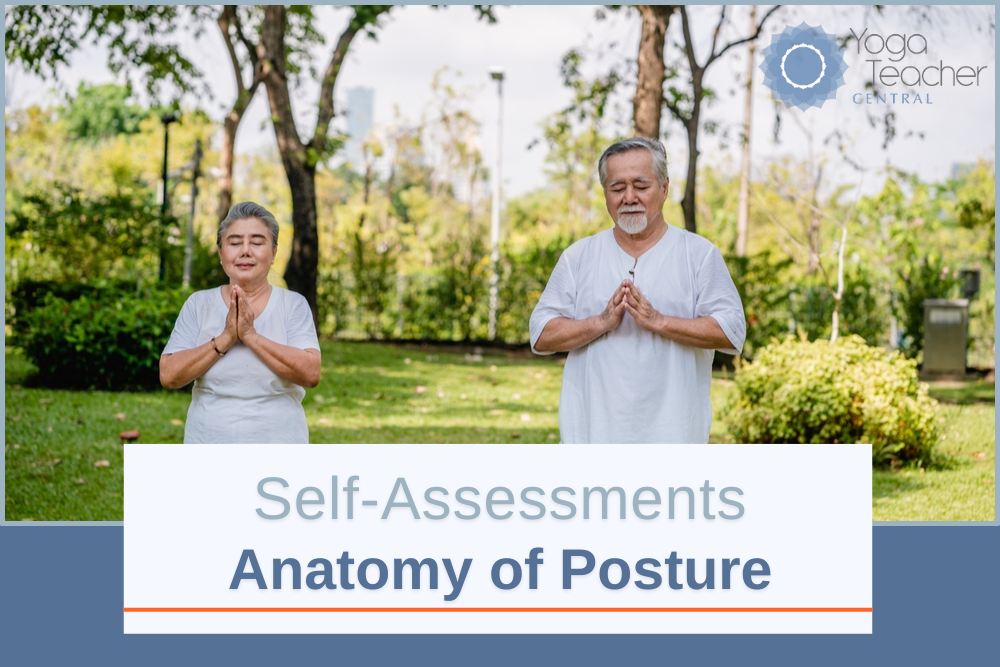
Quickly assess your knowledge of Anatomy of Posture, and identify gaps in your education. See below for assessments on these subjects:
Offer a series of free quizzes for yoga teachers to:
For more self-assessments, see the Standards & Self-Assessment Hub.
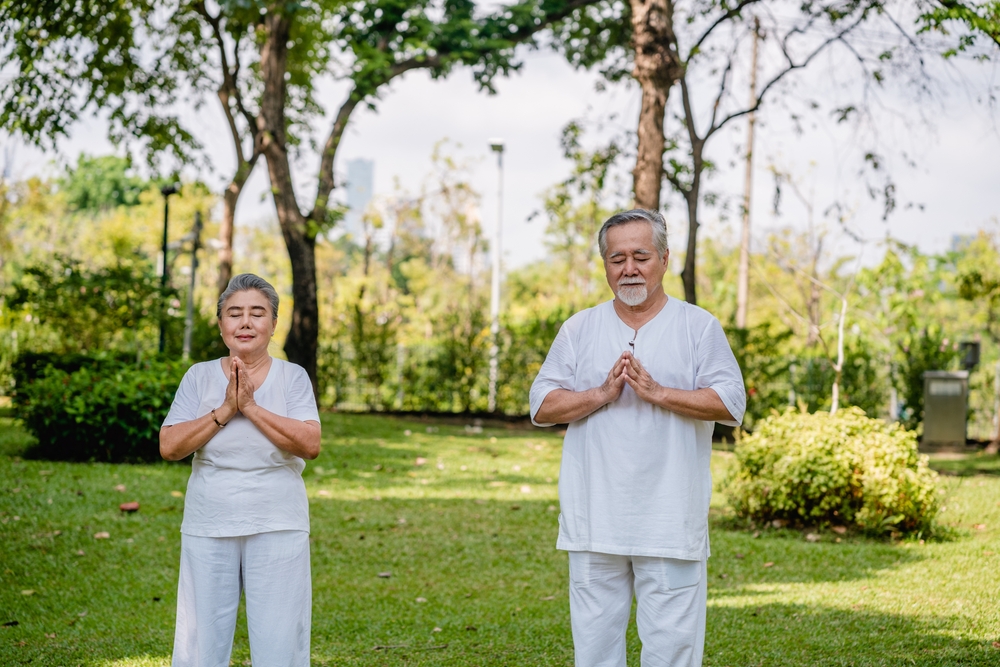
Learn terminology and considerations related to posture including anatomical position, habits and muscle memory, sensory motor amnesia and the attributes and implications of healthy posture.
| MUSCLE MEMORY | | | Movement or posture that has become automatic; a result of the nervous system shifting control and memory of a repeated pattern from areas of the brain responsible for making voluntary decisions to making them subconscious |
| POSTURE | | | A collection of (typically unconscious) habits and holding patterns (which form our muscle memory) that create “an attitude of the body” or an “orientation to the present moment” which reinforces itself through bodily structures and physiology |
| ANATOMICAL POSITION | | | In humans, defined as “standing up straight with the body at rest” |
| HEALTHY POSTURE | | | A natural bearing of the body that includes a comfortably neutral spine and promotes healthy internal functioning and muscular efficiency |
| STANDING IN NEUTRAL | | | Another way to describe anatomical position; refers to standing with the bones stacked vertically and the two sides of the body displaying symmetry |
| NEUTRAL SPINE | | | A state in which the spinal curves are not too much or too little for the individual’s healthy norm |
| STANDARD ANATOMICAL POSITION | | | Standing up straight and facing forward with the arms by the sides and palms facing forward |
| ISCHEMIA | | | Insufficient supply of blood to an organ; As it relates to posture, refers to the compression of blood vessels resulting from chronic muscular tension, causing pain and damage |
| SENSORY MOTOR AMNESIA | | | The natural way in which bodily movement and posture becomes “automatic and involuntary” leading to loss of sensation, a lack of awareness of the muscular pattern, and a temporary inability to relax tight muscles |
| NEUTRAL PELVIS | | | A state of equal hip height, a neutral pelvic tilt, a neutral front-to-back placement and the pelvis is pointing straight ahead |
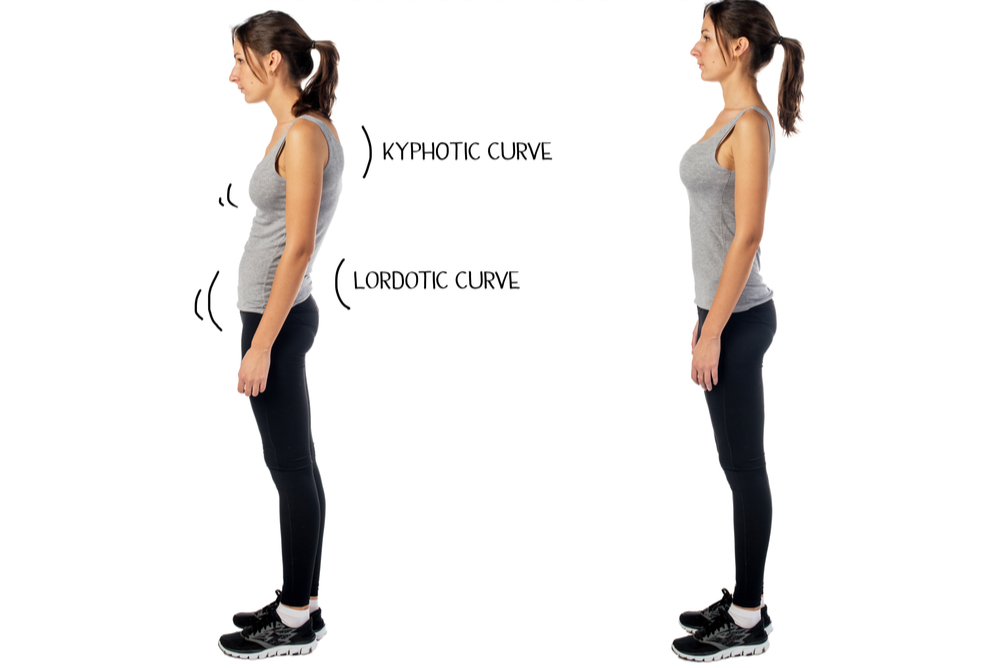
Become knowledgeable about postural issues such as thoracic mobility issues, hyperlordosis and kyphosis, and the vast variety of potential causal factors.
| HYPERKYPHOSIS | | | Other name for kyphosis |
| HYPERLORDOSIS | | | Excessive forward curvature of the thoracic spine (clinically defined as greater than 50 degrees) |
| KYPHOSIS | | | A postural pattern in which muscles around the shoulder girdle are out of balance; may appear as rounded shoulders and upper back, winging shoulder blades and a forward head |
| LORDOSIS | | | Another name for kyphosis |
| LOWER CROSSED SYNDROME | | | Sometimes used for hyperlordosis |
| SWAYBACK / HOLLOW BACK / SADDLE BACK | | | Excessive inward curvature of the lumbar spine, causing a forward (anterior) pelvic tilt |
| THORACIC KYPHOSIS | | | Another name for kyphosis |
| UPPER CROSSED SYNDROME | | | A postural pattern in which muscles of the core, back and legs are out of balance; may present as posterior pelvic crossed syndrome or anterior pelvic crossed syndrome |
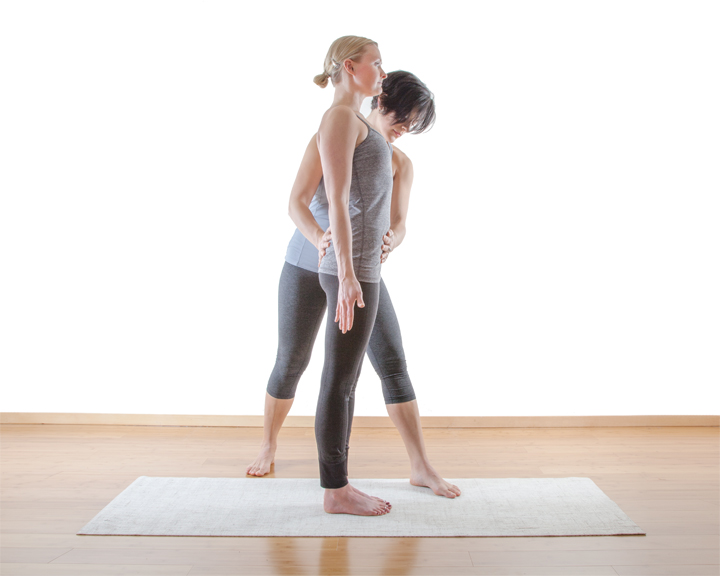
Apply knowledge of spinal anatomy, posture and compensatory movement patterns to support effective teaching of individual students, and review sequences that may help with teaching healthy posture.
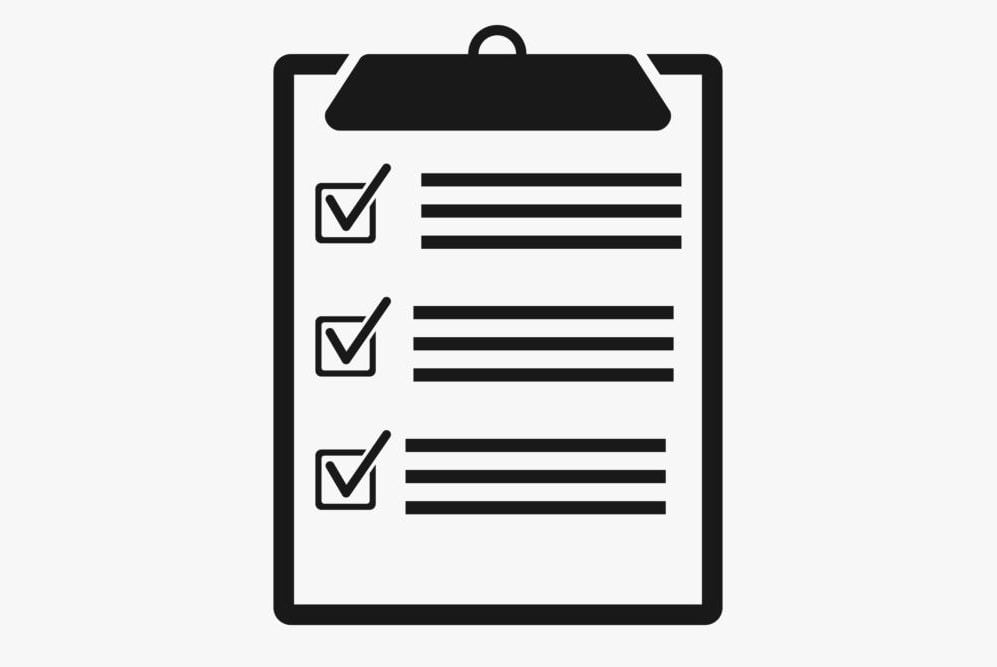

Enrolling in the Study Program gives you:

See here for information about exams, badges and certification. Get links for each exam, and for a no-risk trial exam.
We think you’ll enjoy taking the exams. The questions are well-thought-out and the subject matter is quite engaging and significant for teachers. You’ll get an inspiring teaching after answering each question. At the end of the exam, you see a summary of wrong answers and the relevant teachings, giving you a personal study guide targeted to your needs.
This is an hour well-spent!